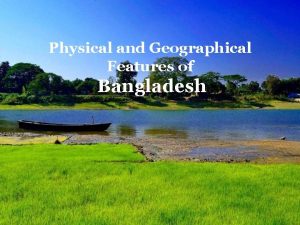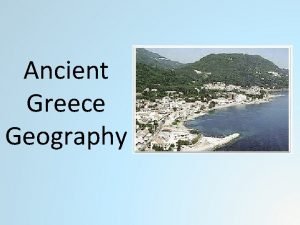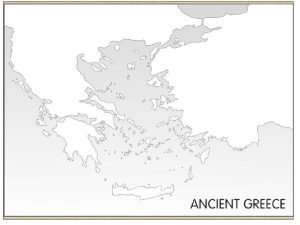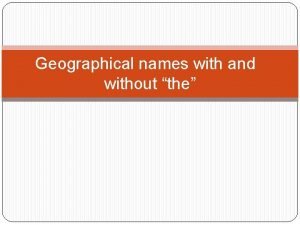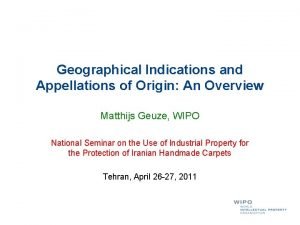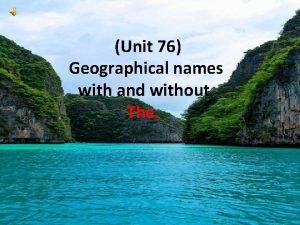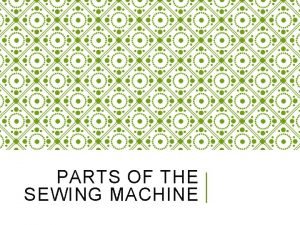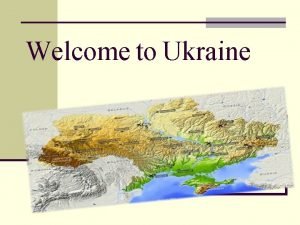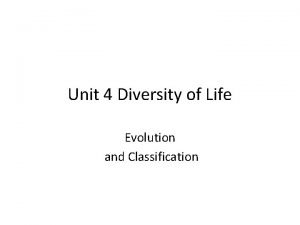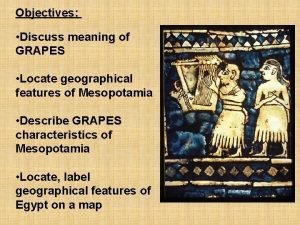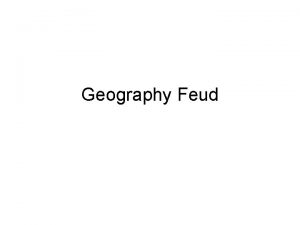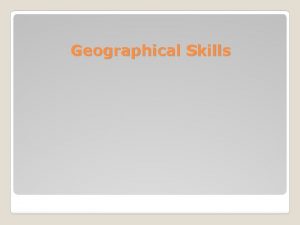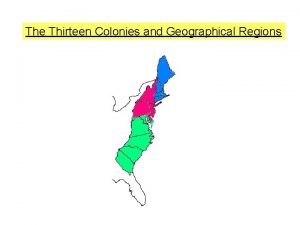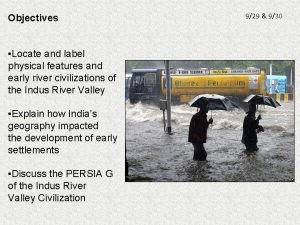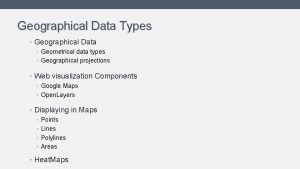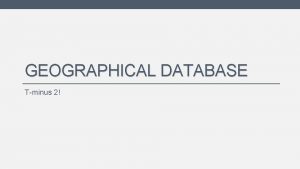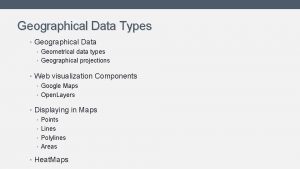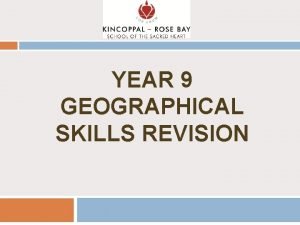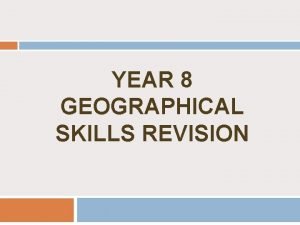6 13 IDENTIFY AND LOCATE GEOGRAPHICAL FEATURES OF



















- Slides: 19

6. 13 - IDENTIFY AND LOCATE GEOGRAPHICAL FEATURES OF ANCIENT EGYPT, INCLUDING: • MEDITERRANEAN SEA • NILE DELTA • NILE RIVER • RED SEA • THE REGIONS OF UPPER AND LOWER EGYPT • THE SAHARA

GEOGRAPHY AND ANCIENT EGYPT • Egypt is located in Northeast Africa. • It is surrounded by the Mediterranean Sea, the Red Sea, Sudan, Libya, and Saudi Arabia.  • During ancient times, however, all of the land around the Nile was considered Egypt.

THE GIFT OF THE NILE • is the longest river in the world. • runs about 4000 miles from south to north and empties into the Mediterranean Sea. • Two-thirds of Egypt's farming takes place on the delta. • A delta is a triangle-shaped area of land made of soil deposited by a river.

FLOODS OF THE NILE Inundation (flooding) June – September • The Nile’s floods were easier to predict than flood in Mesopotamia. • The year was split into 3 different seasons: 1. The Inundation 2. The Emergence 3. The Drought

THE EMERGENCE • From October to February the land would “emerge” and crops would be planted.

DROUGHT • During this part of the year, the crops would be harvested. • Harvest would take place from February to June. • The Nile made life possible in this part of the world.

EGYPT’S NATURAL BORDERS The Mediterranean Sea • Egyptians were protected from invading peoples by natural barriers. The Sahara Desert e Th Re ea d. S Cataracts, or harsh rapids, protected Egyptians from invaders.

PLANTS AND ANIMALS OF THE NILE AND ANCIENT EGYPT Papyrus Hippos Lilies Crocodiles

ALSO FOUND AROUND THE NILE • Cobras (a symbol of the pharaoh) • Birds like geese, storks, ibis, pelicans, and ducks. • Lions, jackals, and gazelles. • Granite, limestone, and sandstone mines. • Gold, copper, and silver mines.


6. 14 - HOW DID THE AGRICULTURAL PRACTICES IMPACT LIFE AND ECONOMIC GROWTH IN ANCIENT EGYPT, INCLUDING THE USE OF IRRIGATION AND DEVELOPMENT OF A CALENDAR?

AGRICULTURA L PRACTICES • New practices improved the life of Ancient Egyptians through the use of various tools and advancements. This Photo by Unknown author is licensed under CC BY-SA.

AGRICULTURA L PRACTICES New practices improved economic growth through the surplus of food.

AGRICULTURAL PRACTICES • Irrigation • First dug basins, or bowl-shaped holes to trap floodwaters • Then dug canals to carry water from the basins to fields beyond the rivers reach • Also build dikes, or earthen banks to strengthen the basin walls.

OTHER TOOLS DEVELOPED • Shadoff- a bucket attached to a long pole, to lift water from the Nile to the basins • still used today • Geometry-to survey, or measure, land • Used to survey the field when boundary markers where washed away in floods This Photo by Unknown author is licensed under CC BY-SA.

OTHER TOOLS • Papyrus- a reed plant that grew along the Nile • Used to make baskets, sandals, and river rafts. • Eventually used to make paper

PLOW • Could be pushed or pulled, first by people, then by animals • Plows broke up hard soil making planting easier • Also water could sink more deeply into plowed soil which allowed the plants to receive more water.

EGYPTIAN CALENDAR • The Egyptian calendar was broken down as follows: • One week was ten days. • Three weeks was one month. • Four months was one season. • Three seasons and five holy days was one year. • Each year had 365 days.

EGYPTIAN SEASONS • The first season - was called Akhet, which means flood or inundation. • The second season - was called Proyet, which means emergence. • The third season - was called Shomu, which means low water.
 Products of the southeast
Products of the southeast Geographical features of bangladesh
Geographical features of bangladesh Greece geographical features
Greece geographical features Potomac section facts
Potomac section facts Greece map with labels
Greece map with labels Geographical names with and without the
Geographical names with and without the Geographical indication and appellation of origin
Geographical indication and appellation of origin Geographical names with and without the
Geographical names with and without the 3 minor terrain features
3 minor terrain features Language feature of poem
Language feature of poem Locate the and place your spool of thread
Locate the and place your spool of thread Diverse information sharing through universal web access.
Diverse information sharing through universal web access. Physical geography of west africa
Physical geography of west africa Understanding your health and wellness chapter 1
Understanding your health and wellness chapter 1 The ability to locate interpret and apply information
The ability to locate interpret and apply information The cask of amontillado reading
The cask of amontillado reading Ukraine geographical position
Ukraine geographical position Differential reproduction
Differential reproduction Registration process of geographical indication
Registration process of geographical indication Registration of geographical indication
Registration of geographical indication

